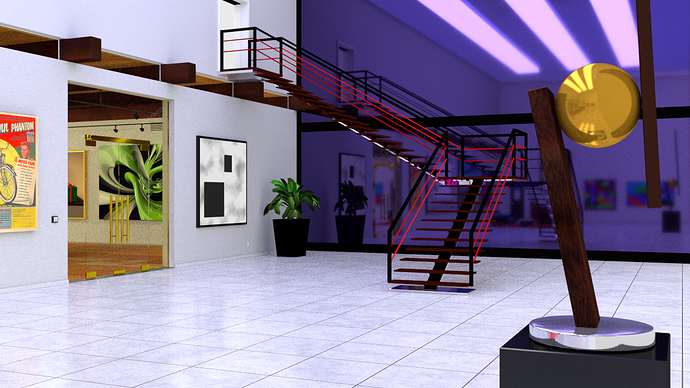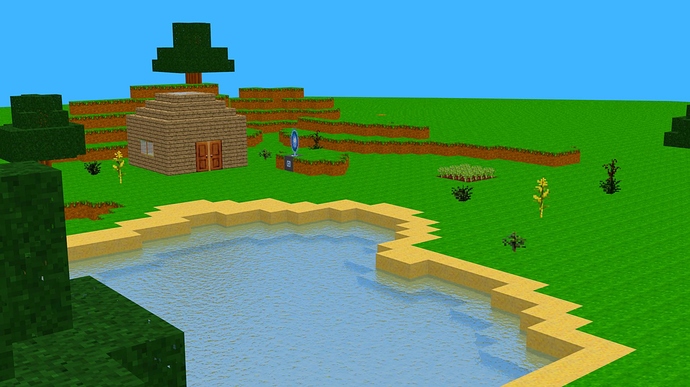Getting back to the original topic … ahem … I’d suggest that the right way to look at the project, in the interest of render time as well as flexibility, is to use all of the rendering alternatives that Blender gives you, to achieve your best advantage.
For instance, I would start with “OpenGL Preview” renders, then(!) actually turn-off the markers and so forth with the eye toward actually using(!) those frames as the foundation of the shot. (OpenGL is very good already, and getting better.)
Then, I would look for specific areas that needed more detail or improvement, and use Blender Internal to create compositing layers (everything, BTW, going to “MultiLayer OpenEXR” files …) which will deal with only those specific areas.
And, finally, if there was some effect or “visual sugar” that truly called for Cycles, I’d use that to “put the icing on the cake.”
Point is, in an animation especially, it often isn’t necessary to spend grueling amounts of computational hours to produce gruelingly accurate detail that either … will fly-by on the screen too fast to see, or, really aren’t the viewer’s focus-of-attention anyway, or that are unnecessary frames which really ought to be cut (except that now you can’t bear to cut them because you spent so many hours rendering them?).
You need to be economical with your rendering resource, and at all costs to avoid having to re-render something such that your entire investment in the previous render is “sunk cost.” When you start with something that is detailed-but visually-simple®, as an OpenGL render will be, and then use other technologies to add to this foundation as your (and your director’s, and your client’s) eyes actually dictate, you will find yourself actually using the render-time in a very different way than you originally anticipated.
Another key point is to “OpenGL Preview” render the entire sequence first, and to “do the rough-cut maybe final-cut now.” It does you zero good to painstakingly, lovingly render hundreds of frames that you never actually use. Instead, quickly render lots of footage from lots of camera angles that you might use, then edit the thing as though it were conventional film or videotape. When you see the actors actually moving and playing-out the script, and you start cutting-out the “fluff,” a lot of that footage is gonna wind up on the floor. But, it’s okay, because you don’t have a lot of time-and-energy invested in that footage. Try to get the project to “edit lock” before you start rendering anything in earnest, and before you start making shot-wise decisions as to what will be the fastest / most-effective way to render each one. “Edit, then shoot.™”





